Chevrolet Volt's Discontinuation Leaves Battery Plant Employees Out of a Job

The vehicle they provide batteries for has less than three months to live, and this week brought news to 50 workers at General Motors’ Brownstown Battery plant that their positions are even more short-lived. In a filing with the state of Michigan, GM said it will cut 37 hourly and 13 salaried workers at the Detroit-area facility, adding an extra dollop of job losses to the mass culling announced late last month.
If the idea of owning a plug-in hybrid with real electric range tickles your fancy, your time’s running out fast.
GM plans to axe the battery employees in February, Automotive News reports, with the Volt itself leaving this earth the following month. The plant also makes batteries for other GM vehicles, including the doomed mild hybrid Buick LaCrosse. After their departure, Brownstown’s staffing levels should sit at 66.
Also in February, GM plans to lay off nearly 700 employees at the Volt’s home — Detroit-Hamtramck Assembly, builder of the LaCrosse, Chevrolet Impala, and Cadillac CT6. The LaCrosse follows the Volt to the grave in March, while a roughly equal number of employees will continue producing the Impala and CT6 until June.
Last week, an embattled GM announced some 2,800 workers at its soon-to-be-mothballed assembly plants were eligible for jobs at other plants.
The Volt first appeared in late 2010 as a 2011 model; at the time, the innovative model served as a flagbearer for the “New GM” — a technologically advanced powerhouse with its finger on the pulse of the future. Indeed, the Volt was in many ways the perfect “electric vehicle,” especially in second-generation form. Its 53 miles of all-electric range accomodated most commutes, while the 1.5-liter four-cylinder generator eliminated range anxiety and made road trips a breeze. The automaker even upgraded the model for 2019, adding a power driver’s seat and quicker charging capability.
Despite the presence of the 238-mile, fully electric Chevrolet Bolt, GM felt the Volt could still serve as a nearly gas-free alternative to conventional vehicles. Faster charging would encourage owners to use it as an EV, the automaker said. Alas, cost-cutting got in the way.
Volt sales peaked in 2016 when GM sold 24,738 of them in the United States. 2012 and 2012 figures came close to this high water mark, with sales of 23,461 and 23,094 units, respectively. While the model faltered somewhat over the past two years (the presidential election can be credited for a surge in late-2016 sales from buyers hoping to collect a seemingly endangered EV tax credit), third-quarter 2018 sales numbers beat those from a year earlier.
Given that the feds still offer the credit, it’s looking like last-chance buyers might send the Volt out on a high note.
[Image: General Motors]

More by Steph Willems
Latest Car Reviews
Read moreLatest Product Reviews
Read moreRecent Comments
- Teddyc73 Oh look dull grey with black wheels. How original.
- Teddyc73 "Matte paint looks good on this car." No it doesn't. It doesn't look good on any car. From the Nissan Versa I rented all the up to this monstrosity. This paint trend needs to die before out roads are awash with grey vehicles with black wheels. Why are people such lemmings lacking in individuality? Come on people, embrace color.
- Flashindapan Will I miss the Malibu, no. Will I miss one less midsize sedan that’s comfortable, reliable and reasonably priced, yes.
- Theflyersfan I used to love the 7-series. One of those aspirational luxury cars. And then I parked right next to one of the new ones just over the weekend. And that love went away. Honestly, if this is what the Chinese market thinks is luxury, let them have it. Because, and I'll be reserved here, this is one butt-ugly, mutha f'n, unholy trainwreck of a design. There has to be an excellent car under all of the grotesque and overdone bodywork. What were they thinking? Luxury is a feeling. It's the soft leather seats. It's the solid door thunk. It's groundbreaking engineering (that hopefully holds up.) It's a presence that oozes "I have arrived," not screaming "LOOK AT ME EVERYONE!!!" The latter is the yahoo who just won $1,000,000 off of a scratch-off and blows it on extra chrome and a dozen light bars on a new F150. It isn't six feet of screens, a dozen suspension settings that don't feel right, and no steering feel. It also isn't a design that is going to be so dated looking in five years that no one is going to want to touch it. Didn't BMW learn anything from the Bangle-butt backlash of 2002?
- Theflyersfan Honda, Toyota, Nissan, Hyundai, and Kia still don't seem to have a problem moving sedans off of the lot. I also see more than a few new 3-series, C-classes and A4s as well showing the Germans can sell the expensive ones. Sales might be down compared to 10-15 years ago, but hundreds of thousands of sales in the US alone isn't anything to sneeze at. What we've had is the thinning of the herd. The crap sedans have exited stage left. And GM has let the Malibu sit and rot on the vine for so long that this was bound to happen. And it bears repeating - auto trends go in cycles. Many times the cars purchased by the next generation aren't the ones their parents and grandparents bought. Who's to say that in 10 years, CUVs are going to be seen at that generation's minivans and no one wants to touch them? The Japanese and Koreans will welcome those buyers back to their full lineups while GM, Ford, and whatever remains of what was Chrysler/Dodge will be back in front of Congress pleading poverty.



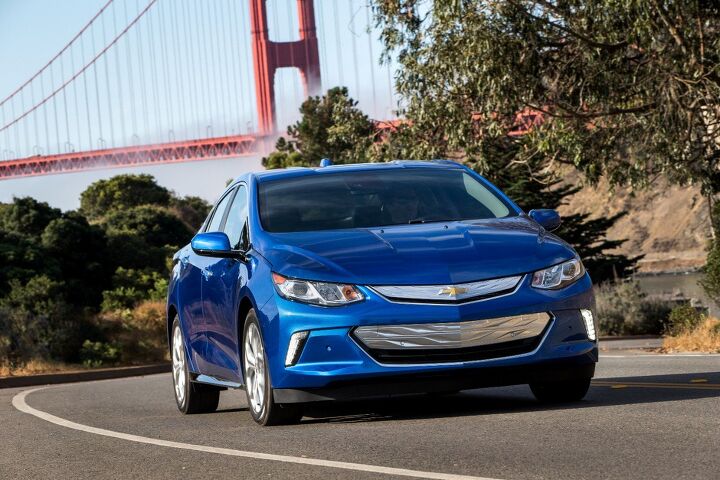














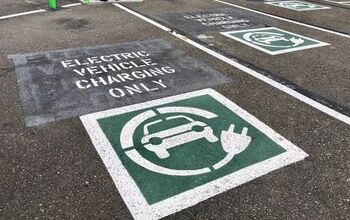

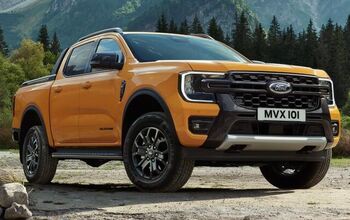
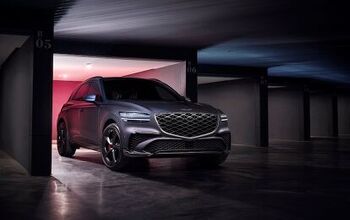


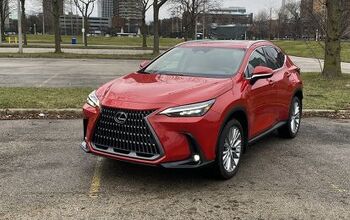
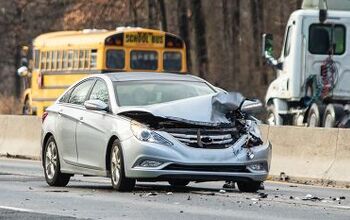


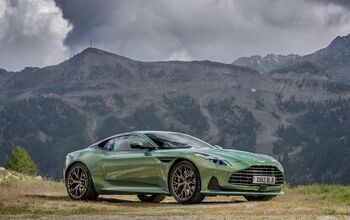
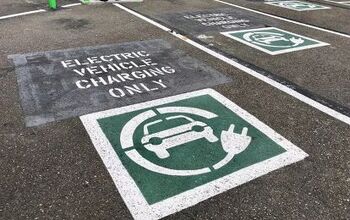
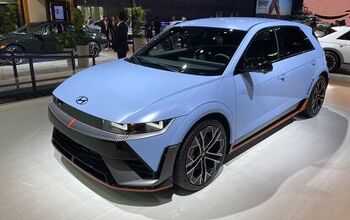
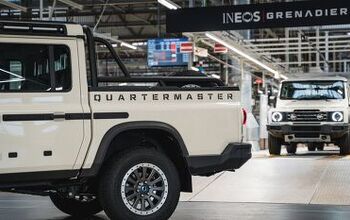
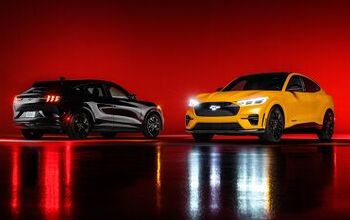

Comments
Join the conversation
@geozinger: "if the car didn’t have to use the ICE to haul around the battery, the ICE fuel mileage could be better. My comment isn’t entirely about weight, although it would have an effect on the ICE operation end of the car." Regeneration does not go away just because a hybrid is using the gas engine. I think we need to look at this again. What hurts mileage? Frontal area. For given equivalent cars, this will be the same. Rolling resistance. A heavier car will have very slightly more rolling resistance from the tires and bearings. Lifting extra weight up hills. This hurts an ice-only car because the additional energy is lost. Getting extra weight up to speed. This hurts an ice-only car because the additional energy is lost. It may seem that a hybrid does not recapture as much energy as was used to get it up to speed or up a hill. But that energy does not disappear. The laws of physics say so. It may have shown up as needing less application of the throttle to get down a less steep descent. It may have meant coming off the throttle sooner which approaching a stop. My hybrid gets the same apparent mileage regardless of the load. Theoretically it should be very slightly less due to friction and the factors mentioned below.Substitute a couple of passengers for another ice, and the mileage should stay the same. Four caveats: Hybrids can only regenerate a certain rate. Exceed that rate and the normal brakes engage. Which wastes energy and is a little more likely to happen the heavier the load. Hybrids switch from regeneration to the normal brakes just before they come to a full stop. The heavier the load, the more energy this will waste. Front wheel based hybrids engage the rear brakes a little during braking that is otherwise done with regeneration. This is for stability. Additional weight will waste a little more energy because of this setup. There will also be larger conversion losses, as additional weight means greater amounts of energy are put through the system. These four factors will not hurt mileage much, because they apply only to the additional weight, which is not much relative to the gross weight of the vehicle plus contents. I can't help it that because of thorough education that additional weight hurts mileage on cars, people cannot grasp this is basically not true for hybrids and electric cars. The same dynamic is what makes electric buses and trucks feasible. In urban use, they will recapture most of the energy needed to move heavier loads, when slowing or stopping.
GM’s affirmative action CEO has really worked out well. I offer my services to dismantle the company for half her salary.